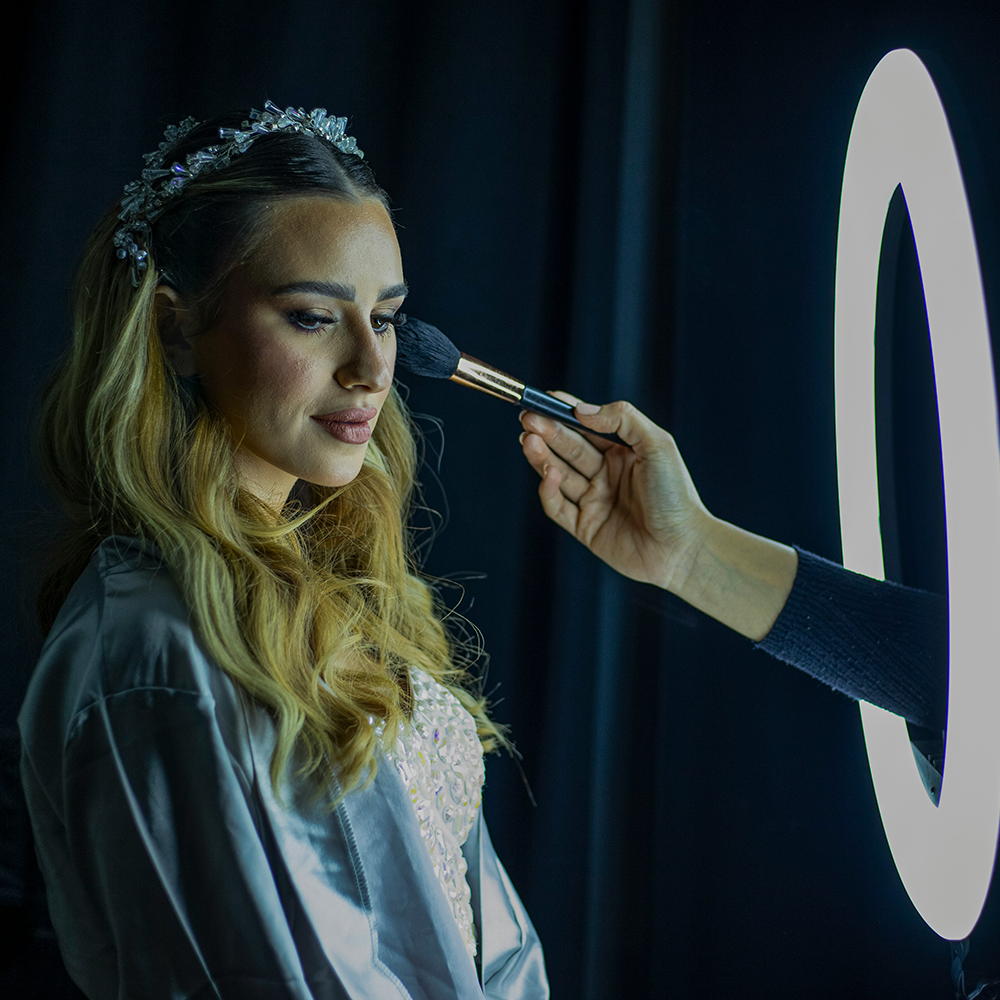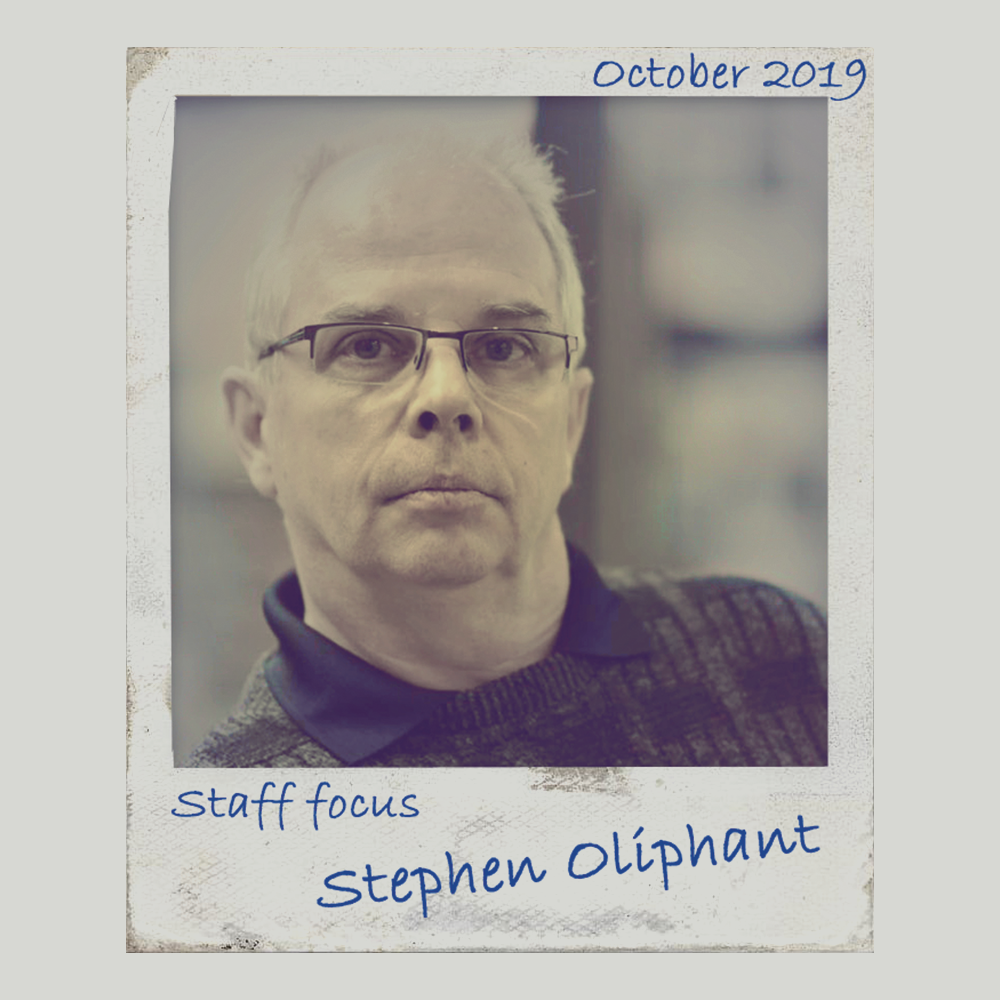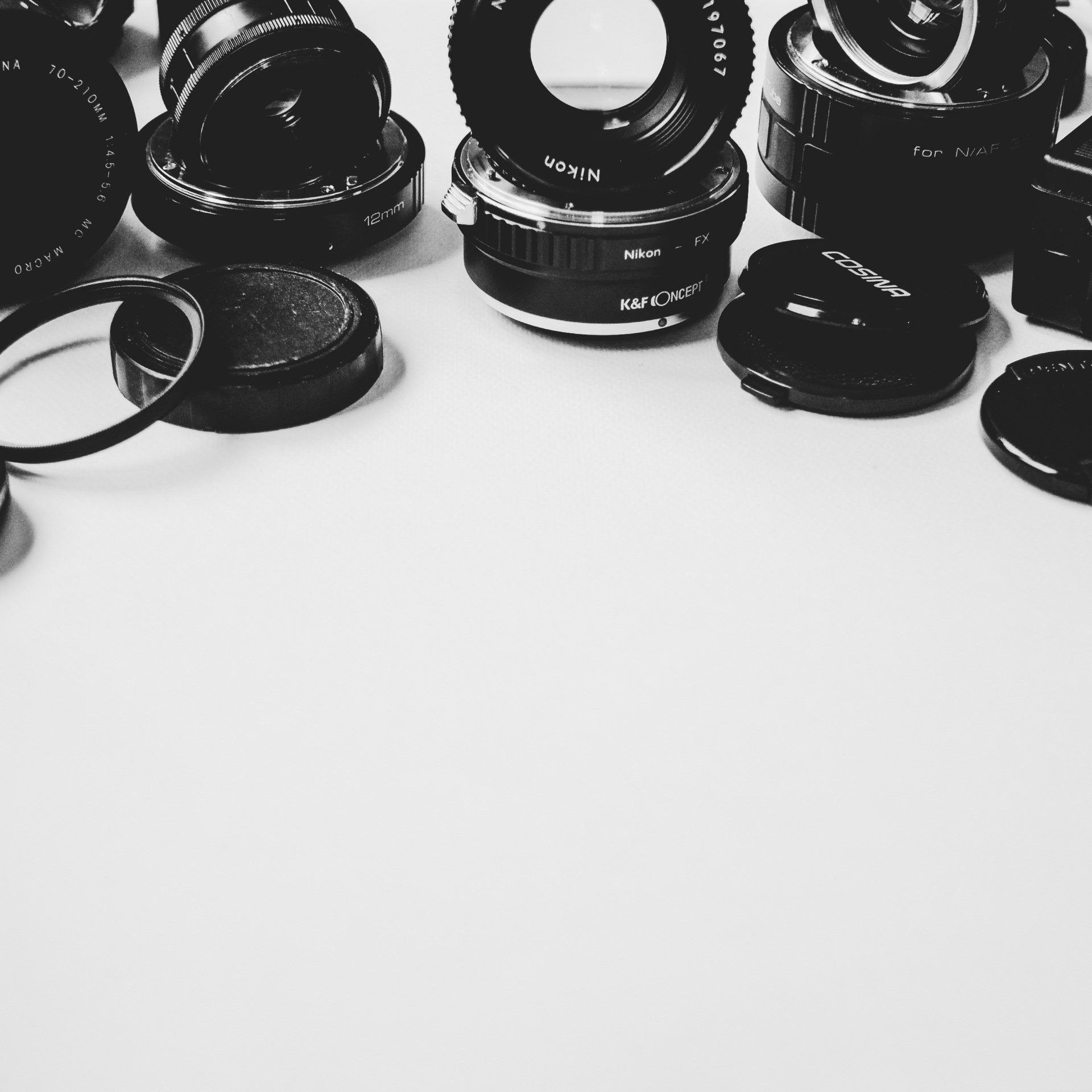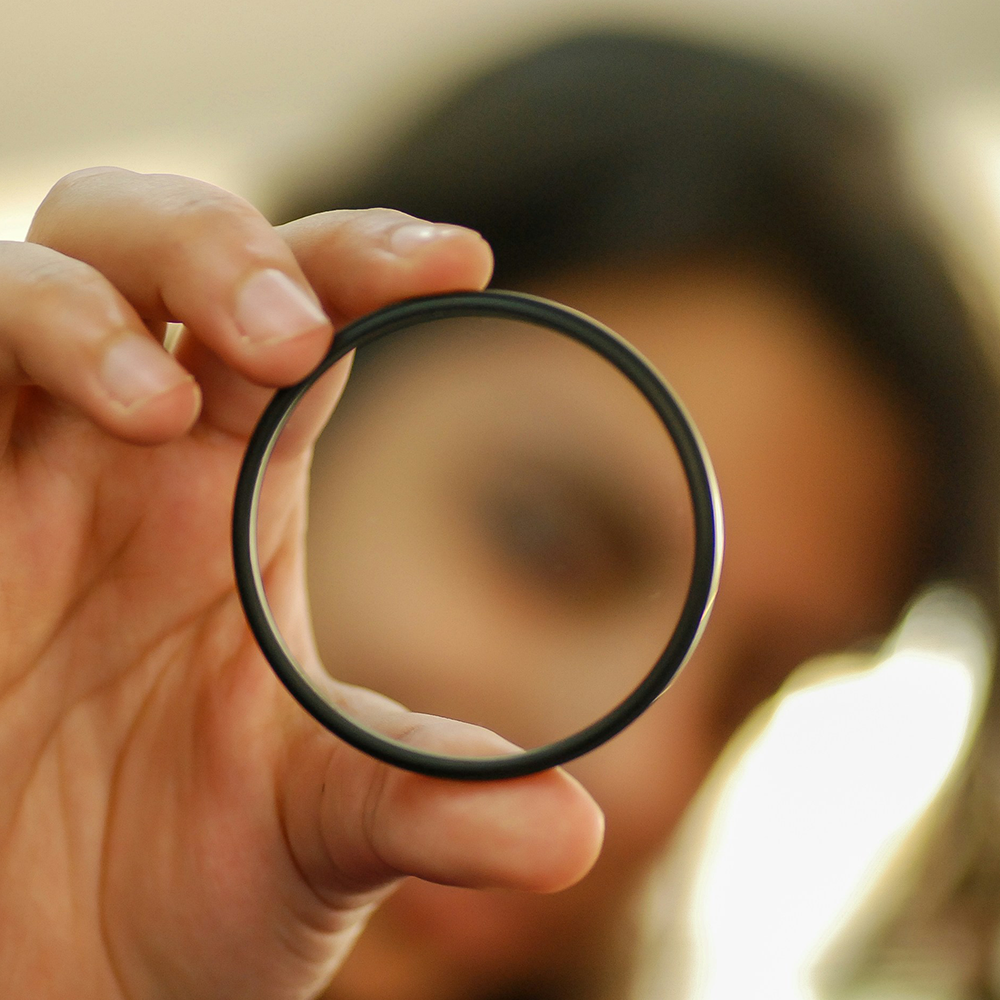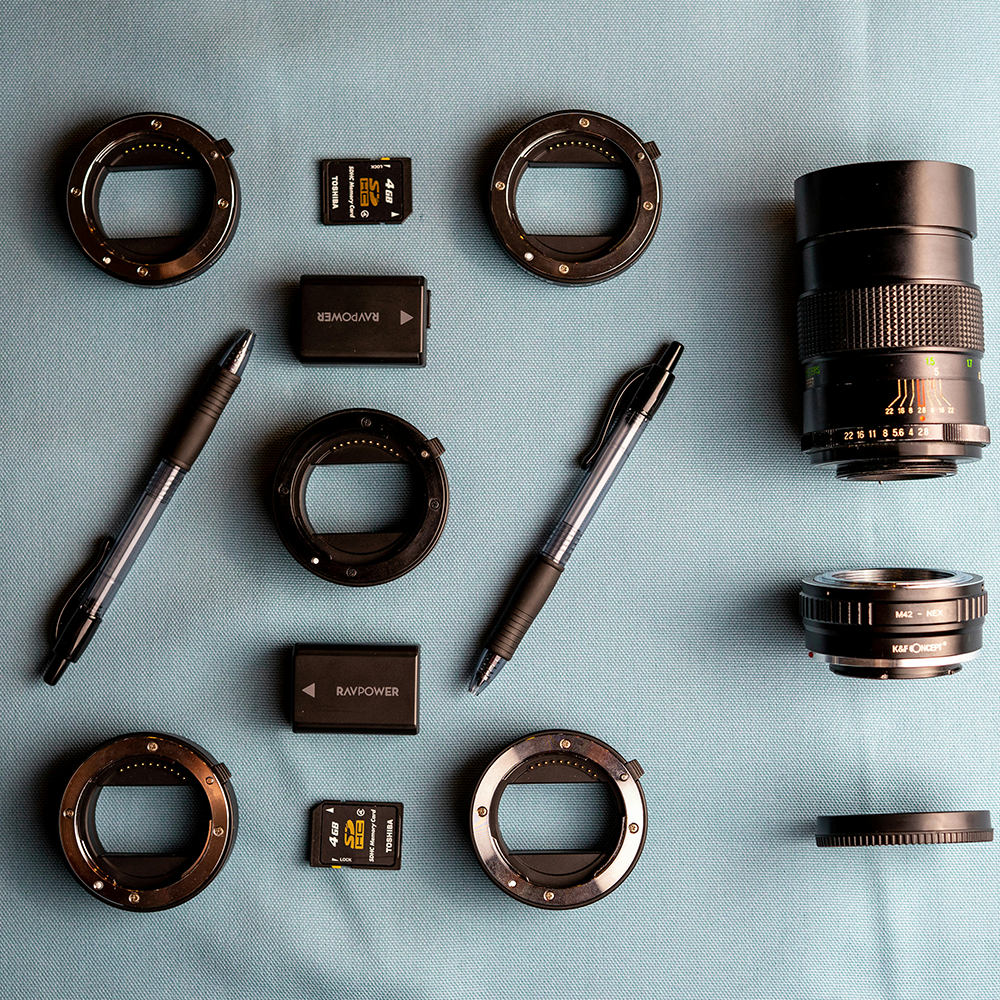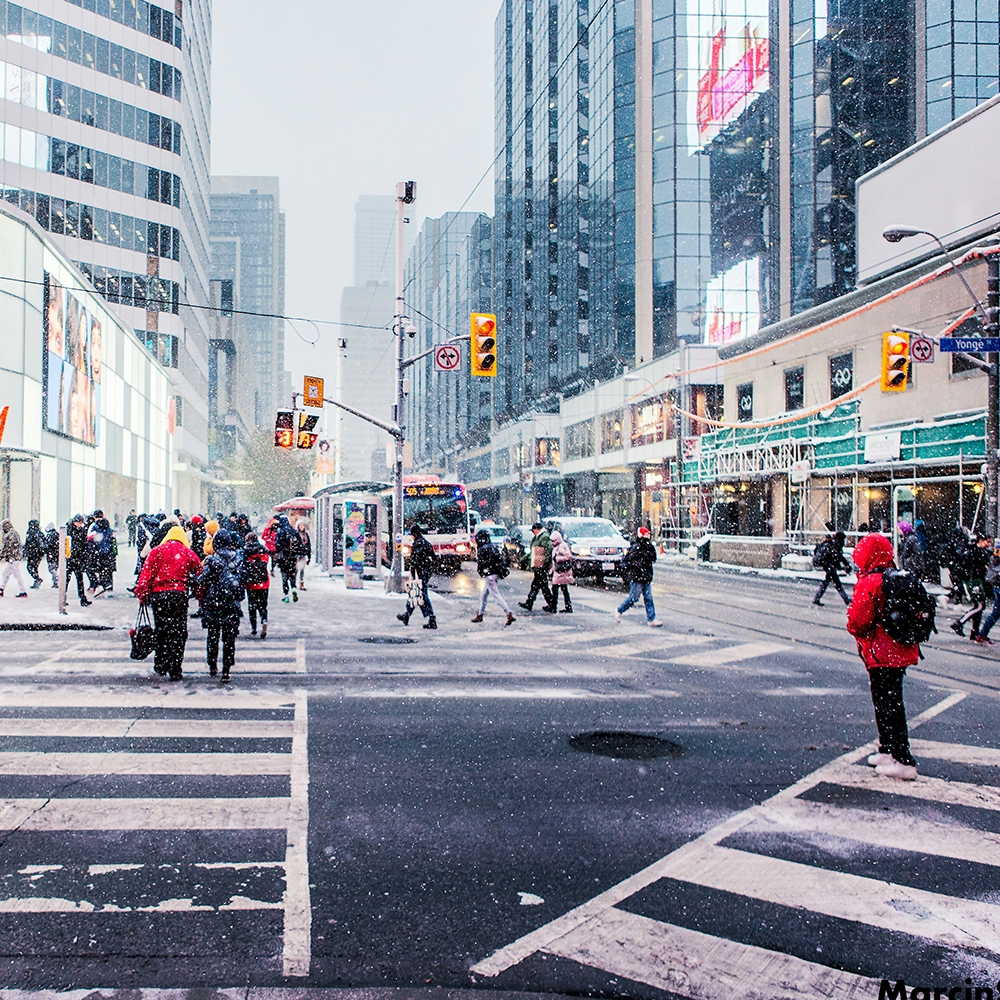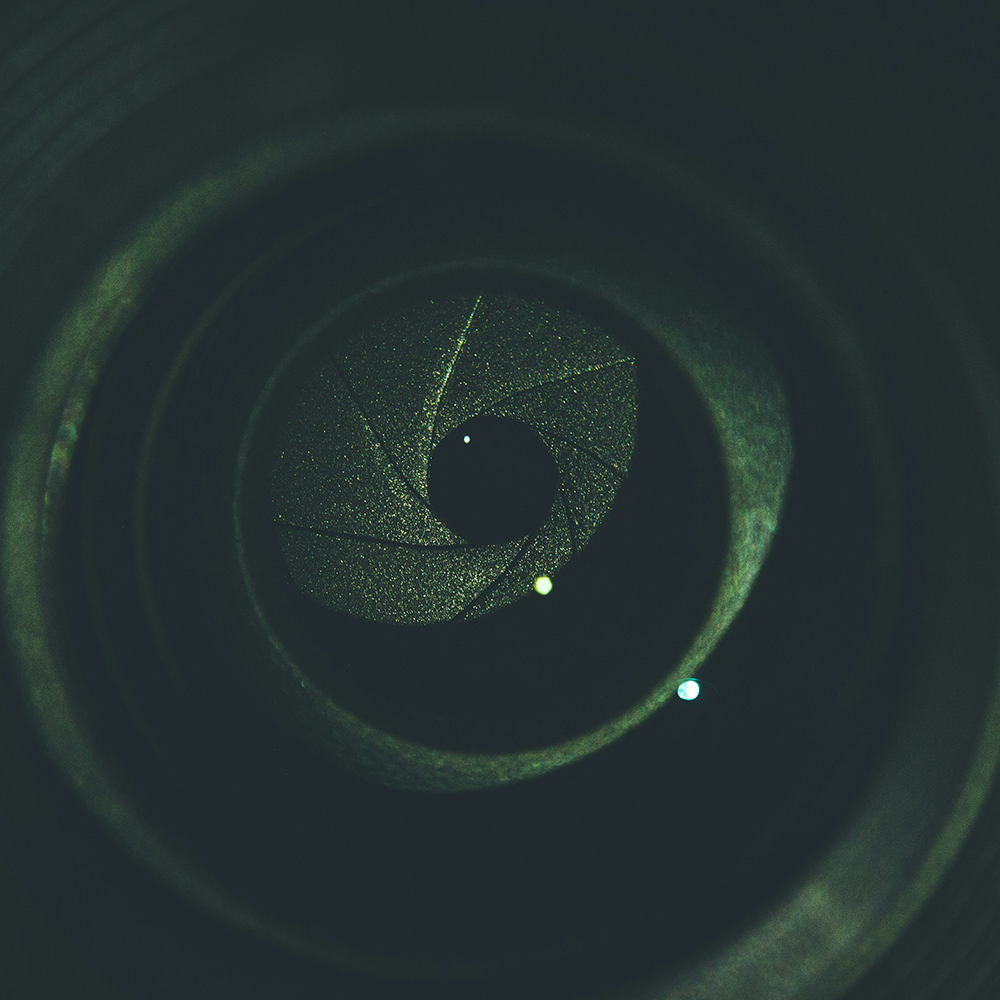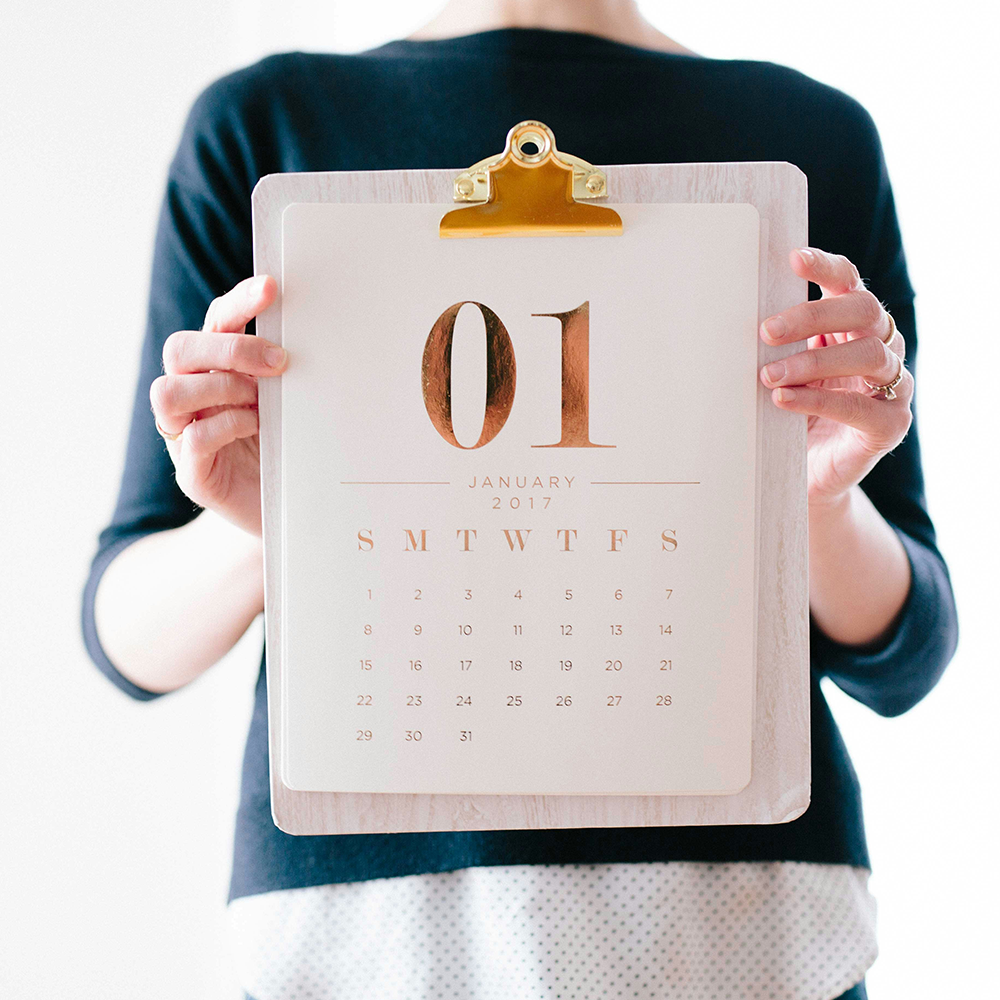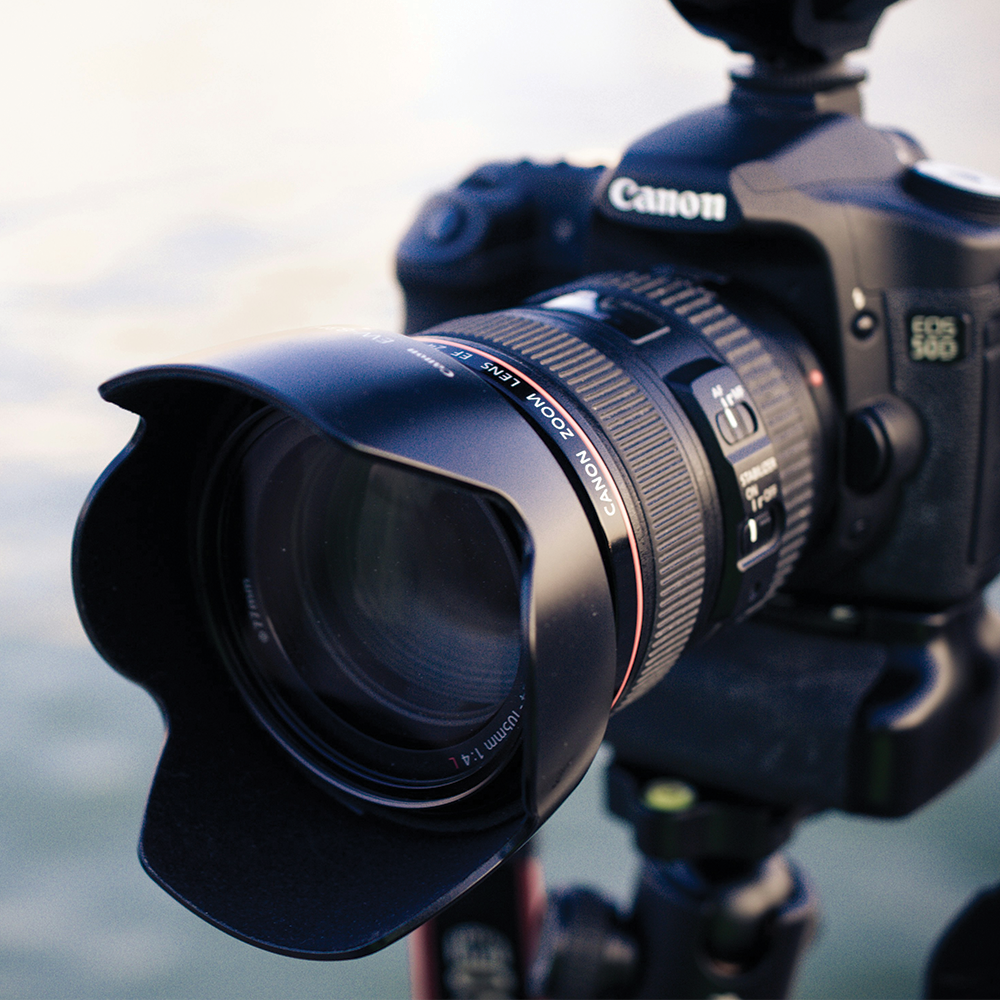GO BAG IT!
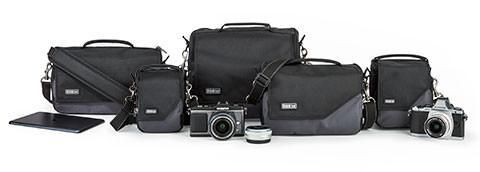
I have to confess, I physically have more bags than I do shoes. I have a bag for trekking, a bag for streeting, a bag for urban hiking, a large storage bag, small sling bags and a holster bag.
Why so many?
Having the right bag in hand when out shooting makes the experience a little more comfortable. Too big a bag and you're lugging weight you don't need, (some stores have you leave the large bag with customer service or with sales staff - risking your gear in someone elses hand...errrr No never not happening). Too small and you're having issues with stowing gear quickly if you need to and you are having to selectively choose the RIGHT lens for the day's outings otherwise you'll be regretting that you didn't bring the X or Y or Z lens etc.Having a main bag at home is sensible, it means you can store all your gear in one place away from dirt, dust, pokey fingers or curious claws.
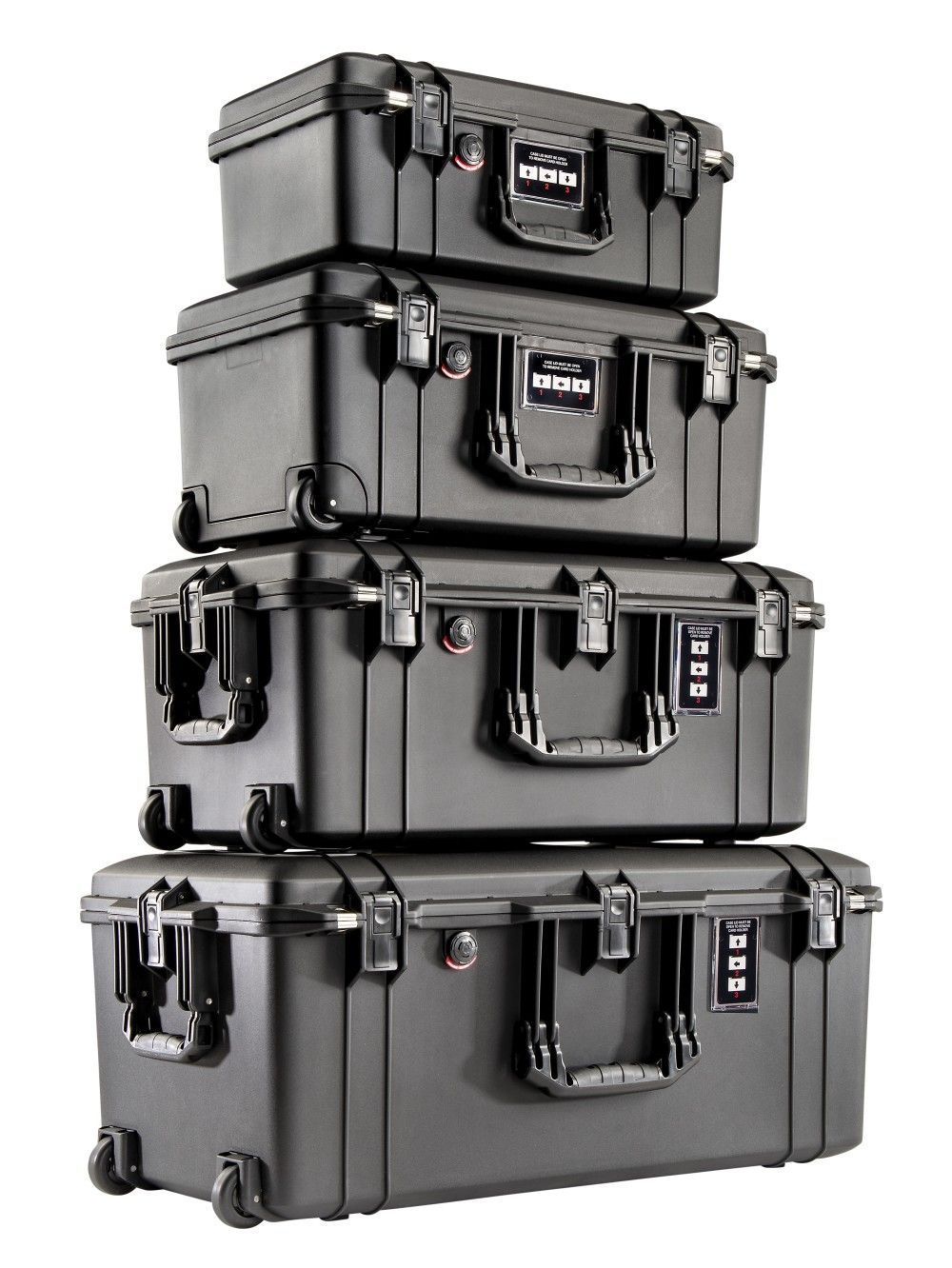
Pelican cases are very popular for exactly that, storing all the gear in one place. Also the Pelican case can be used for transporting your gear when going out to a main shoot when you're not sure what gear you will need.
But...If you need a lot of gear and don't need a hard heavy trunk to stow your gear in then: full-gear bags are the way to go.

The Lowepro Photo Classic BP300 is the best budget and lightweight all-gear camera bag, what it lacks in ergonomics it makes up for in weight and portability. Being very light and within most air carriers on-board luggage size restrictions: this all gear bag wins hands down against bags that do the same and cost upto 5 times as much. BTW this is definitely an over all no-frills option.
Whilst on the other end of the scale you have the ThinkTank Airport International V2, which is extremely robust, has lots going on with it: place for laptop; ipad; tripod; various sleeves for cards; batteries etc.; but weighs a bit more than an average bag and is somewhat oversized for the aeroplane, saying that because it has wheels and a trolley handle, it is great for lugging your gear around effortlessly. If you need a bag that sits in-between then Thinktank comes to the rescue with their Airport Ultralight series. An all-gear bag with place for a 17inch laptop and is a backpack too.
I know I sound like a Thinktankist, but overall their gear wins out, so what can I say.
The weather maybe touch and go, cloudy, chance of rain, but that doesn't stop the avid photographer, especially if you are into street and urban photography, the flat light from a cloudy day can be very useful for street photography.
(Schooled photographers will jump up and down on that statement - "photography is all about light," blah blah blah spewing out whatever a teacher has brain-washed them with without thinking about the fact that perhaps photography is all about ---> recording what you see and how you interpret it and how you communicate your vision out to the viewer. Hence, flat cloudy days are awesome for streeting and urban because this style of photography is more about other ways of photographing (high key, low key, geometrics, candid, breaking-all-them-rules) but... I digress.
Bags. <---back on topic.
Yes: bags for urban.
As you wont be taking too much gear out (usually one fixed lens 35mm or 50mm and an all-round lens such as an 18-135, 18-140, 28-300 etc) then a small bag will be more useful. BTW a lot of streeters (keen street photographers) will not have any change of lens, no bag either, the lack of equipment actually adds to the discretion of the photographer. That aside if you do need a bag then small, non-photography looking bags usually work best.

My personal fave is the thinktank Vision 10, (middle above) it is plane gray and doesn't look like a camera bag at all. Next fave is the Sirui MyStory series of bags which are very simple bags. Roots have a nice leather/denim affair called the RG25 which apart from the senseless way the clips are done is a very good bag in all, especially if you need cheap and cheerful.
Getting out-n-'bout when the weather is good is one of Calgary peoples past times. With walks down by the river or any of the numerous parks around and in Calgary they are fair weather hotspots.
We inline skate, board, or cycle to these places usually to hang with friends or family. For this type of outing then consider sling bags. They are less restrictive, can be gone through whilst on the move without taking the bag off the back and enables you to have gear in your hand quick and efficiently.

The Lowepro Slingshot Edge is a very all round and versatile bag. A friend of mine who isn't a photog actually uses this bag as their main out-n-'bout bag. My fave though is the Thinktank Turnstyle series. They remind me of soccer boot bags from the 1970's (ahhh the school days) but are really well made and have a waterproof bag that goes over the bag in case of heavy weather.
I love getting out. I'll explore anything - sometimes I get into trouble but hey I got the shot, right. I have to move around quickly at events or anywhere where I shouldn't be (I'm not pushing this notion out there, I'm showing how stupid I can be in my efforts to get the "right" shot) whilst movement and free flow is essential to a lot of photographers having a holster bag is even more essential. Why? they take up barely any room and when the camera is stowed away you have all your hands free. The holster will move with you when attached to a belt and makes it easier to leap fences; tackle turnstyles and; climb.
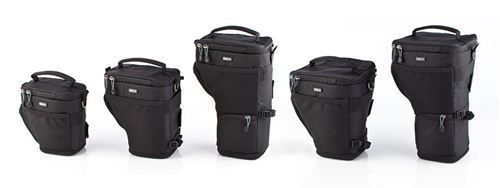
Various companies have their own interpretation on what a holster bag should be but no one does it as well or better than what Thinktank does. Their holster series is simply the best for all occasions for all cameras solution there is to date.
At times I do get normal though - seldom - but it does happen. When I want to do some fine art photography - landscapes - architecture - yawn, I enjoy the challenge of standing behind a tripod for 5 mins whilst my ND filtered long exposure takes its 3X bracketed image so I can sit for an hour later to make the image work in photoshop and add LSD saturation to every image because the world "really" looks that way - [strokes chin-ponders Ansel Adams]. When I do have the will to do a landscape or two then generally there are 3 lenses I will equip myself with: super wide (not fisheye); Telephoto zoom, and a macro. Thats minimum. If I'm doing a serious shoot then I will take ND filters, colour grads, and tripod. So as you can see I would need a large bag to carry that equipment. One because I'm trekking and two, because I need the gear with me in hand.

The two above bags (Lowepro Flipside trek and the Lowepro Freeline) are superb bags for this very job. Both are well made with very durable material. Both have different places for a tripod, both have a section for sandwiches, map and water, bear spray, GPS unit, 24 hour ration pack, photo of a loved one, gun and whatever else helps you survive the few hours in the wonderness. I like the fact I can carry many things as well as camera gear.
When it comes to bags I'm not sure if you can tell or not but I'm really into clean lines so the Lowepro Freeline attracts me more, though the Flipside is a more budget friendly option.
Recently though I have really gotten into mirrorless cameras. Smaller cameras, smaller lenses (in some cases) using MFT or Micro Fourthirds means you can take a lot of gear with you without needing a caravan of U-Hauls and your spouse to get your gear from place Ay to place Zee. I like the form factor but am annoyed at the low light performance, phew I nearly almost went on a tangent. Anyway, Thinktank have a whole range of bags especially for mirrorless: the Mirrorless Movers range.
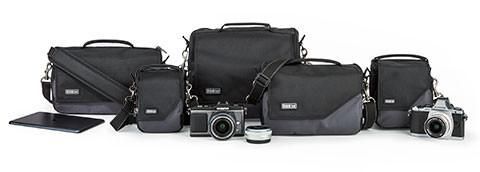
Waterproof, great material, compact and very well made. What more can you ask for?
Lowepro have a couple of bags that are also attractive to the mirrorless user.
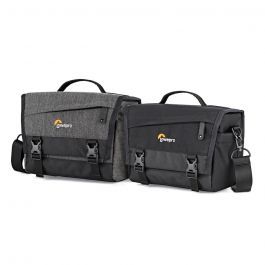
The Trekker SH150 could even pass as urban gear if it wasn't for the very obvious LOWEPRO logo contrasting on the front of the bag. Again useful, well made bags that are suitable for the mirrorless systems especially for the MFT cameras.
So to close this blog: I often hear from customers that they don't have the right bag. Its true you will never have the right bag, because "right" bag needs to be metamorphic, being both tiny and big, as well as wide and slim, so instead of having a bag that is breaking the laws of physics and not possible, then you're just going to have to settle with the fact that in a few years time....you'll have more bags than shoes.
Oh BTW
We have LOTS of bags (more than 300 different models to choose from) and a tenth of that in personal footwear.
For more information about bags and their versatility and what suits you then see stores for details.
